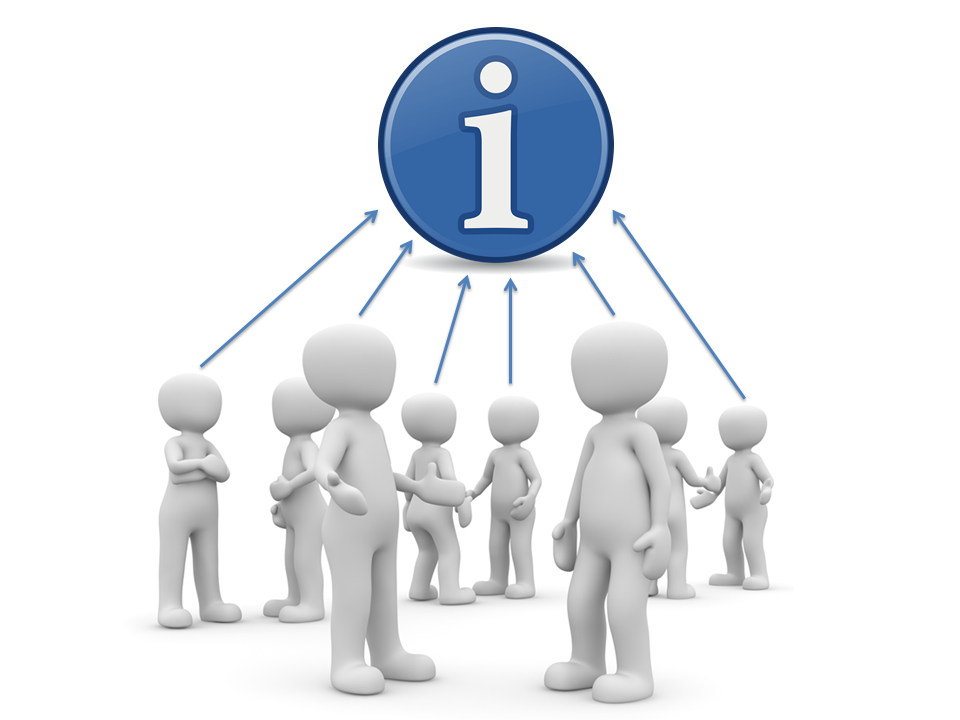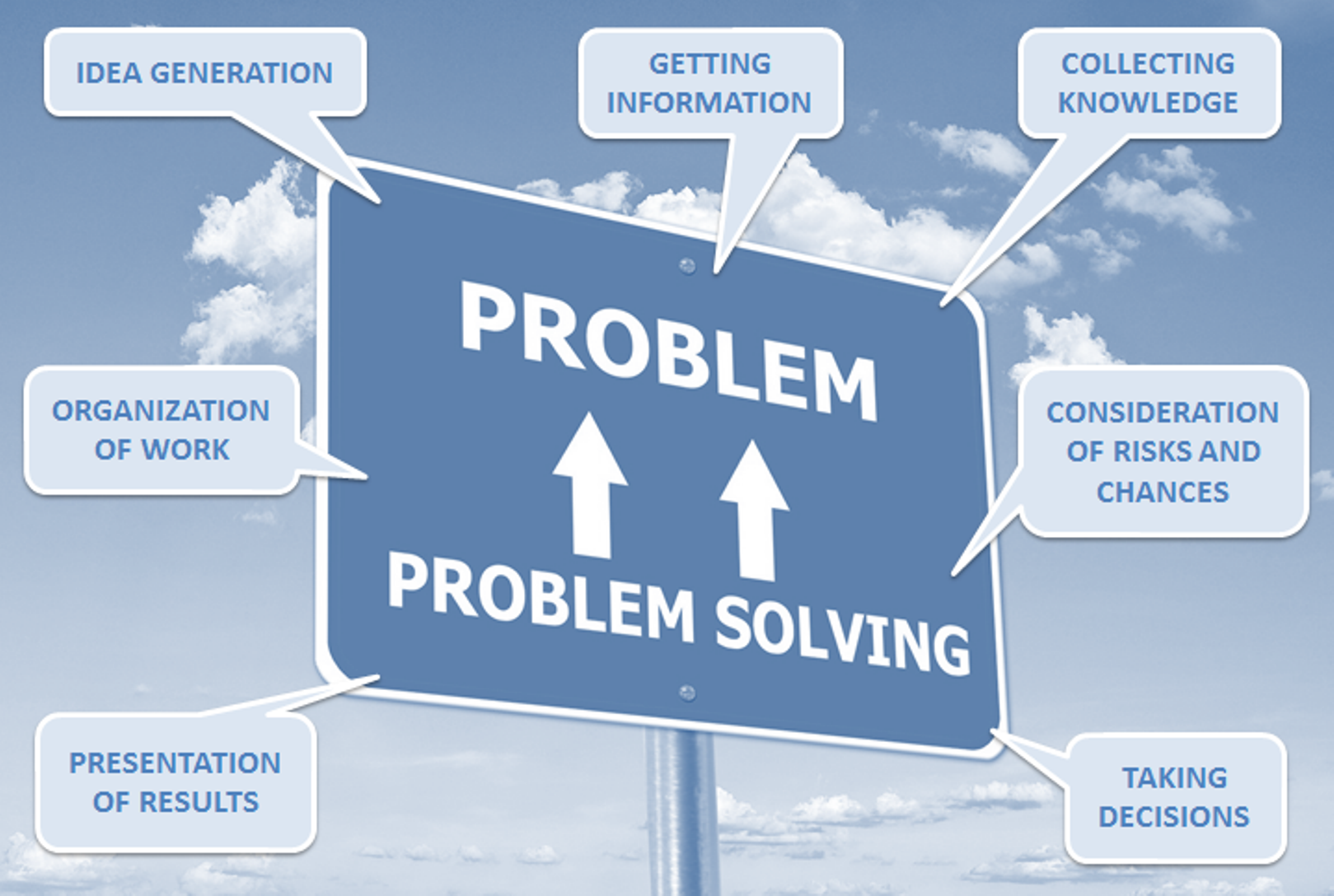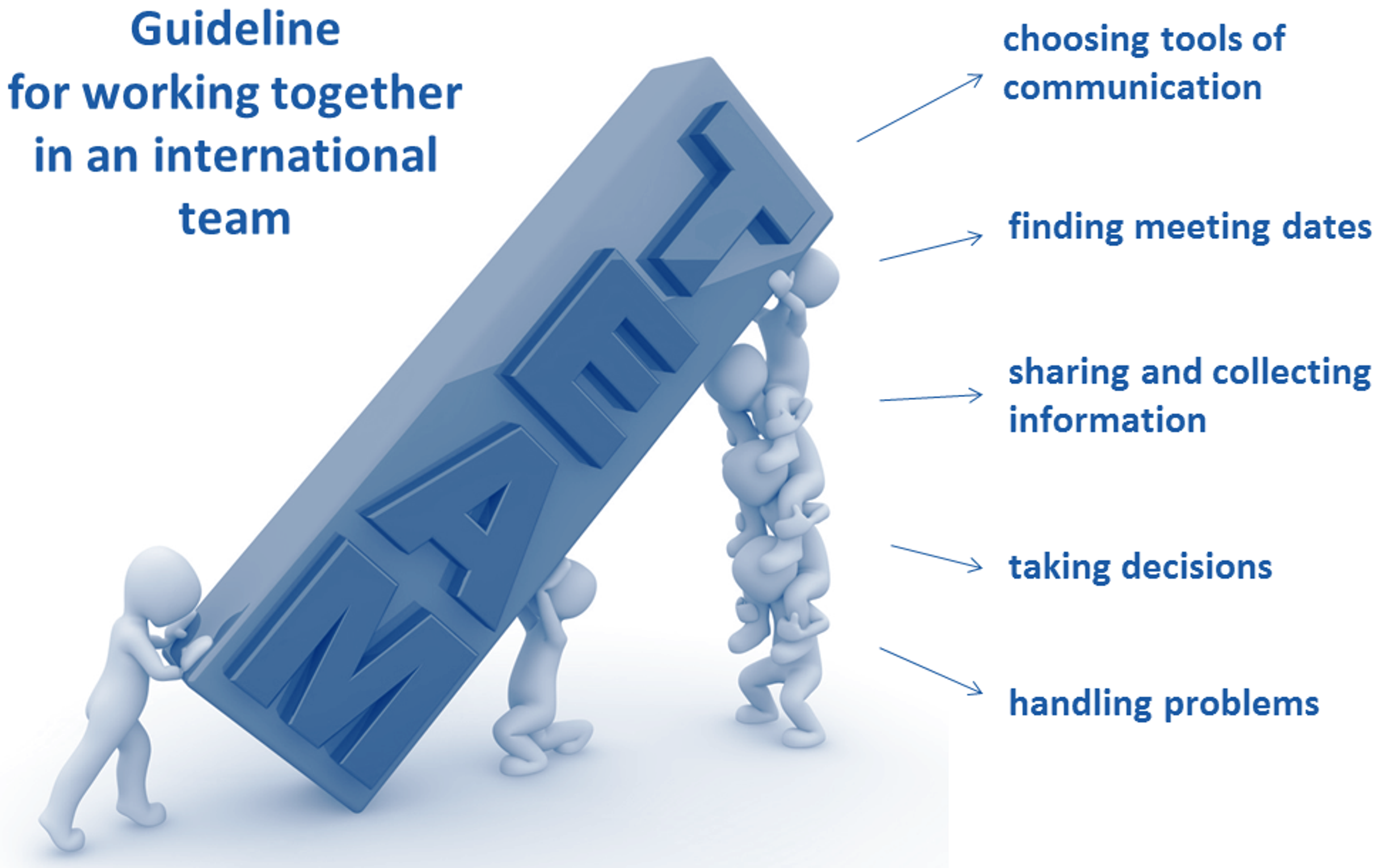The teams discussed the strategy of case solving based on their collected information. They developed different approaches and characterized them with the help of self-chosen criteria. In this context the teams needed to take decisions.
How to take well founded decisions in a team?
Each participant has a different professional background. Hence, the perspectives on the case and its possible solution vary. The knowledge and expertise of every group member have to be taken into account. To meet this challenge, the teams obviously had to be successful with the exchange of information. In order to take well founded decisions, existing information had to be shared, evaluated and rearranged. Therefore, the teams used different ways:
- Upload their own information on the shared learning platform, so that all the group members have access to it
- Groups in social networks for short but necessary arrangements, such as the reconciliation of dates
- Virtual meetings to provide documents, discuss the found information and find a common strategy that includes the ideas and knowledge of all the team members
The teams arranged virtual meetings or chatted with their consultants to ask concrete questions concerning the case.
In the following you find two examples for the exchange of information within the team:
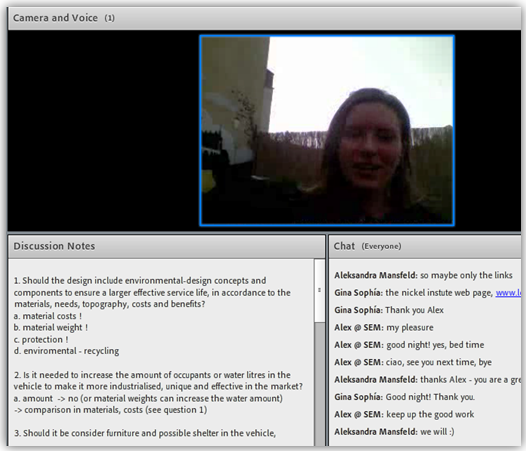
This picture shows how virtual meetings can be used by the teams to provide documents (Discussion Notes) and discuss the found information (Chat). The participants of the virtual meeting can also hear (Voice) and see (Camera) each other. In this special meeting the consultant of the group took part and answered the open questions concerning the case.
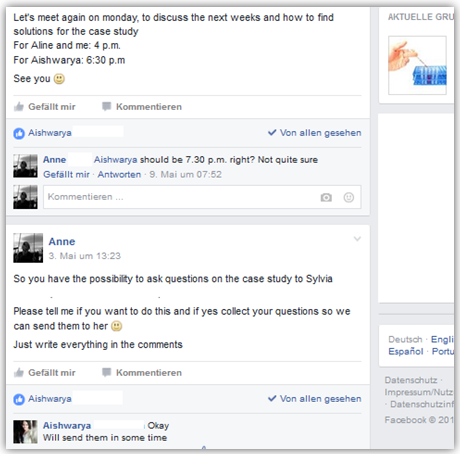
Here you can see an example for the team organization via groups in social networks. In this case the group is used for short but necessary arrangements, such as the reconciliation of dates.
